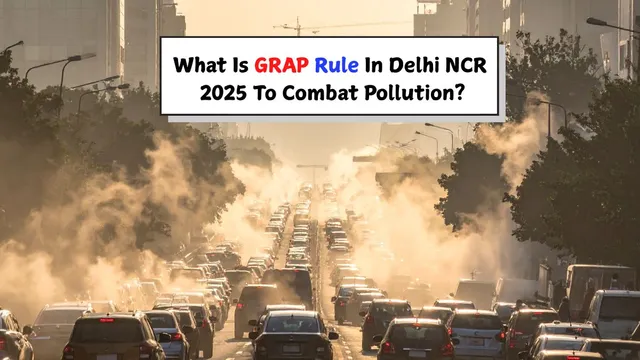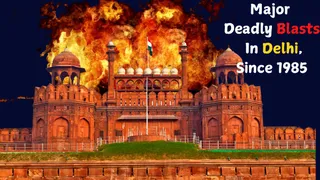- By Aditi Priya Singh
- Tue, 11 Nov 2025 03:06 PM (IST)
- Source:JND
Delhi-NCR is once again struck by excessive levels of smog and dangerous air pollution as winter approaches. For millions of residents, the air quality frequently falls into the "severe" category, making breathing difficult and raising health risks. The Graded Response Action Plan (GRAP) 2025, a well-organised plan to lower air pollution and limit emissions in the area, was put into place by the government to address this yearly crisis.
This plan describes a sequence of actions that are implemented based on the pollution level indicated by the Air Quality Index (AQI). GRAP is both a preventive and a corrective measure, ranging from limiting vehicle movement to limiting construction activities. In order to safeguard public health, it guarantees that all pollution control organisations take coordinated action. GRAP 2025 is essentially Delhi's seasonal defence strategy against increasing pollution levels, with the goal of creating a safer and cleaner environment for everybody.
What Is The GRAP Rule 2025?
The Commission for Air Quality Management (CAQM) created the Graded Response Action Plan (GRAP) as a framework to address air pollution in Delhi-NCR. It was first put into effect in 2017 and is updated annually to increase its efficacy. To try to reduce pollution sources like automobile emissions, industrial smoke, and dust from construction, the 2025 version introduces more stringent monitoring, improved agency coordination and quicker action.
Recommended For You
ALSO READ: Delhi Schools To Go Hybrid After GRAP-3 Restrictions Imposed Amid Rising Air Pollution; Details Here
Stages Of the GRAP Rule In Delhi NCR
GRAP divides the action plan into four stages, depending on the severity of pollution levels as recorded in the AQI:
1. Stage 1 – Poor (AQI 201-300)
* Ban on waste burning and dust pollution checks.
* Mechanical road cleaning and regular water sprinkling.
2. Stage 2 – Very Poor (AQI 301-400)
* Restriction on diesel generators.
* Ban on coal and firewood in eateries.
* Control of construction and demolition activities.
3. Stage 3 – Severe (AQI 401-450)
* Closure of stone crushers and non-essential construction sites.
* Ban on older diesel vehicles (BS-III petrol, BS-IV diesel).
4. Stage 4 – Severe Plus (AQI >450)
* Ban on entry of trucks (except essential goods).
* Schools may shut down; work from home is advised.
* Halt on major industrial operations.
How GRAP Helps Control Pollution
The GRAP 2025 serves as a complete action guide to guarantee that pollution is managed before it becomes dangerous. It supports authorities in enforcing quick restrictions and promotes proactive monitoring.
ALSO READ: Delhi Pollution Crisis: Authorities 'Powerless' As Waste Burning Violates GRAP In Yamunapaar
Key benefits of GRAP include:
1. Reduces vehicular and industrial emissions.
2. Prevents open burning of waste and crop residue.
3. Encourages public transport and carpooling.
4. Ensures quick response to emergency pollution levels.
The Delhi government and CAQM (Commission of Air Quality Management) hope to lessen the health risks associated with prolonged exposure to polluted air, including respiratory illnesses, eye irritation, and cardiovascular issues, by implementing GRAP.





